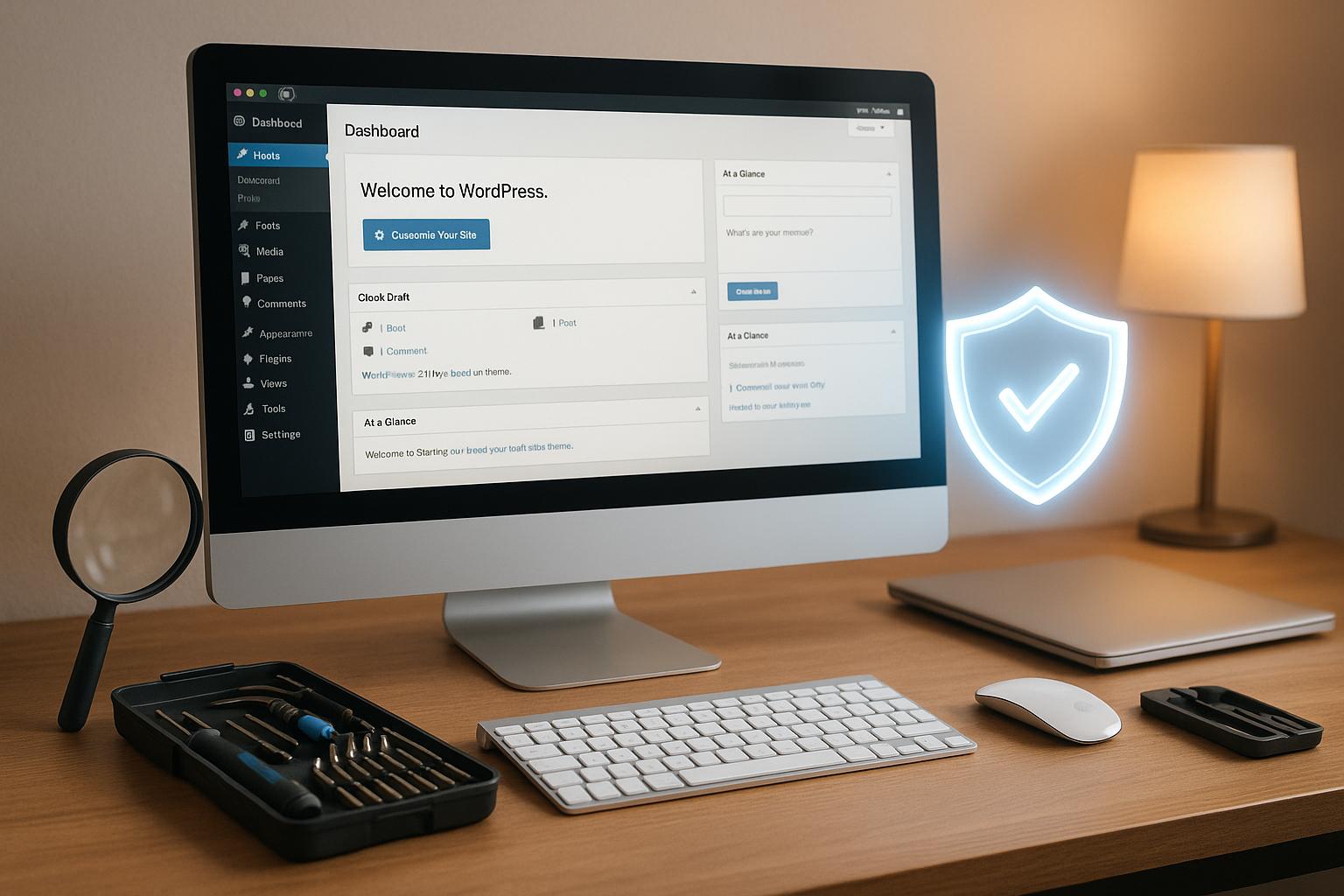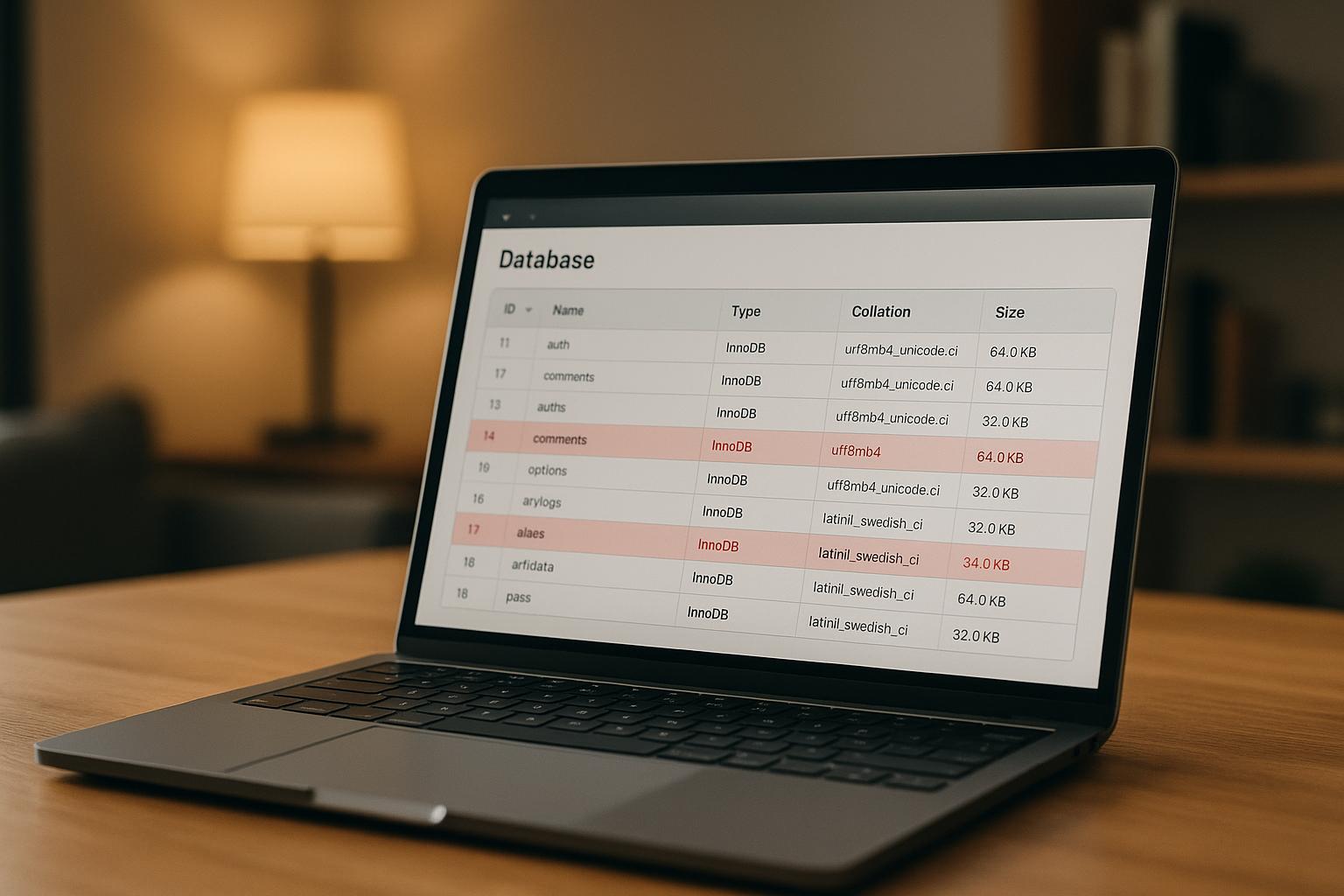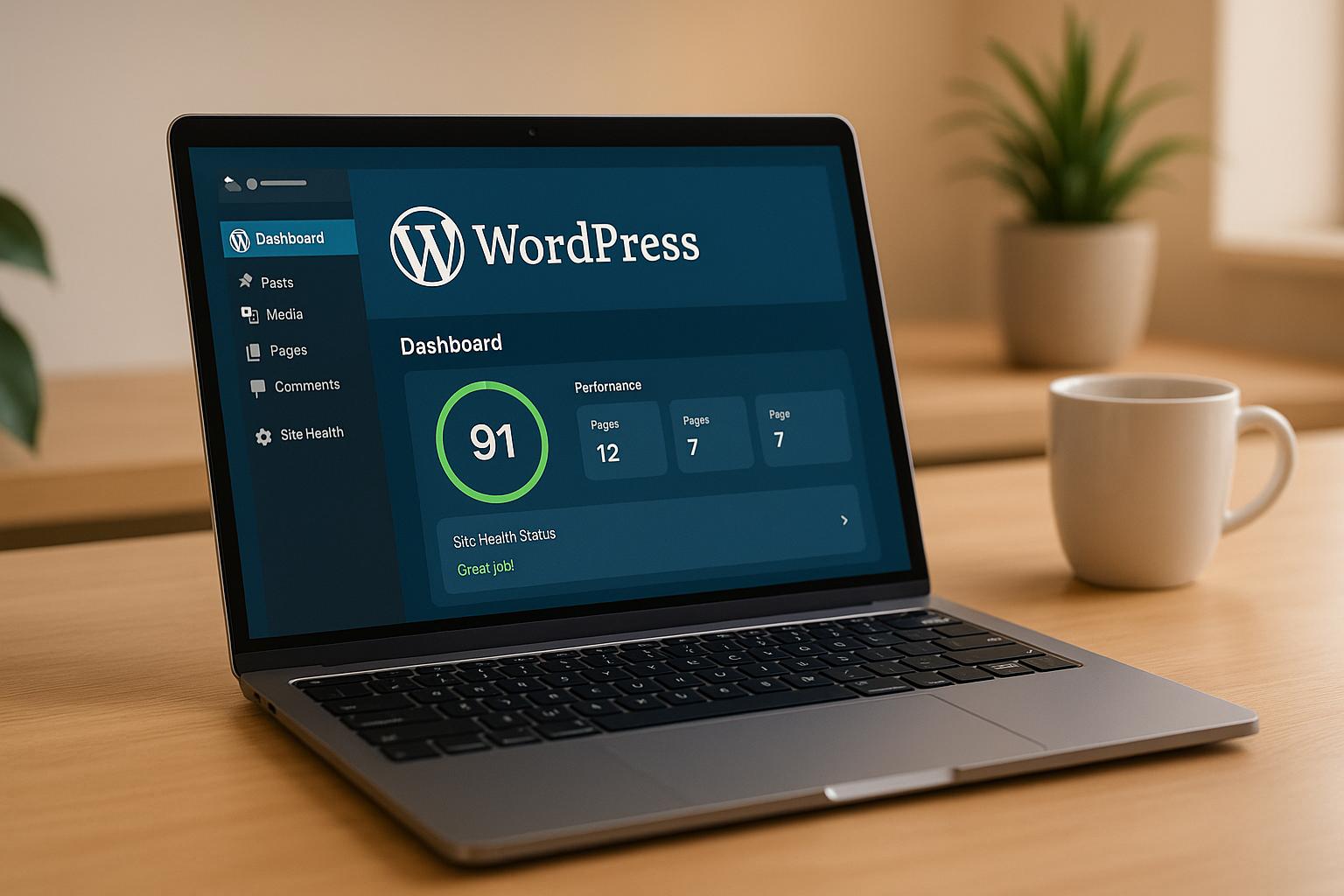Want to manage multiple learning sites easily? Setting up LearnDash on a WordPress Multisite network can simplify course management, user access, and updates – all from a single dashboard. Here’s what you need to know:
- What is it? WordPress Multisite lets you manage several websites using one installation. Pairing it with LearnDash helps you create and manage multiple learning portals efficiently.
- Who benefits? Perfect for educational institutions, corporate training teams, and course creators managing multiple sites.
- Key Advantages:
- Centralized control for courses and users.
- Shared resources like plugins and themes.
- Consistent branding across all sites.
- Flexible course access options.
Quick Setup Overview:
- System Requirements: Use WordPress 5.9+, PHP 7.4+, and LearnDash 4.0+ with secure hosting.
- Enable Multisite: Update your
wp-config.phpfile and choose between subdomains or subdirectories. - Add Sites: Create new sites and customize their settings.
- Install LearnDash: Activate it network-wide or per site for tailored configurations.
Why it matters: This setup streamlines management, saves time, and helps scale your learning platform as your needs grow. Ready to dive in? Follow the guide to get started.
How To Manage Multiple WordPress Websites In 1 Control …
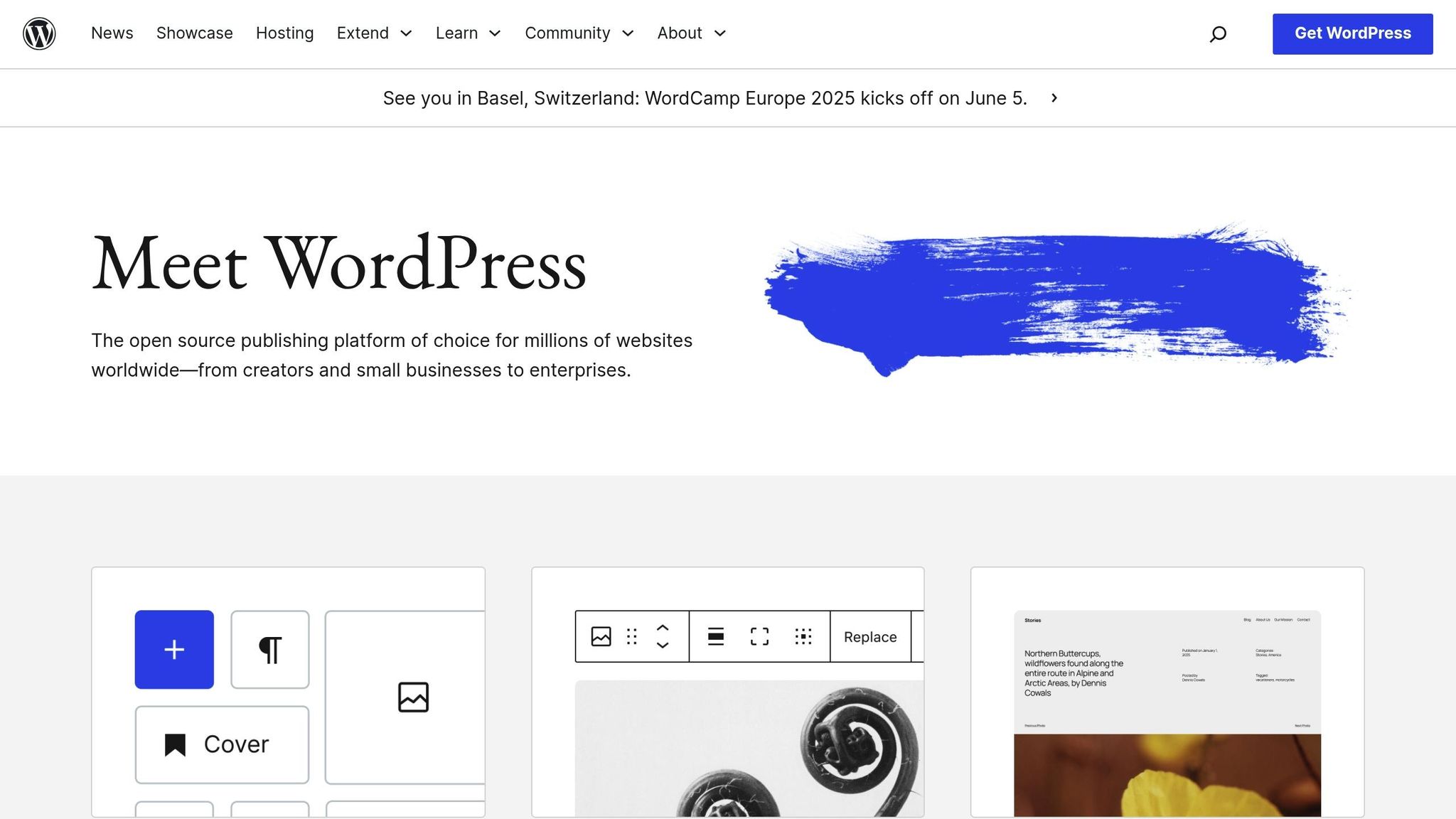
System Requirements
Before setting up LearnDash in a WordPress Multisite environment, make sure your system meets the technical requirements needed for smooth performance and functionality.
Software Version Requirements
To run LearnDash effectively in a multisite setup, you’ll need the following:
- WordPress: Version 5.9 or higher (version 6.4.3 is recommended)
- LearnDash LMS: Version 4.0 or higher
- PHP: Version 7.4 or higher (PHP 8.0+ is preferred)
- Database: MySQL 5.7 or MariaDB 10.3 (or newer)
- SSL Certificate: Required for secure connections
Server Requirements
Your hosting setup should meet these specifications:
| Resource | Minimum Requirement | Recommended |
|---|---|---|
| RAM | 2 GB | 4 GB or more |
| PHP Memory Limit | 256 MB | 512 MB |
| Max Execution Time | 300 seconds | 600 seconds |
| Storage Space | 2 GB | 5 GB or more |
| Bandwidth | 50 GB/month | 100 GB/month or more |
Additional hosting considerations:
- Web Server: Apache or Nginx with mod_rewrite enabled
- Database Access: Direct access to MySQL or MariaDB
- Caching: Support for object caching tools like Redis or Memcached
- Backup System: Automated daily backups
- CDN: Compatibility with Content Delivery Networks for improved performance
Once these requirements are met, you can confidently set up your multisite network and configure LearnDash.
Required User Permissions
Different roles in a multisite network come with specific responsibilities:
- Super Admin
- Manage plugins across the entire network
- Activate themes for all sites
- Oversee user accounts for all sites
- Access LearnDash network-wide settings
- Site Admin
- Manage individual site settings
- Create and edit courses
- Handle user enrollments
- Configure payment gateways
- Course Administrators
- Manage course content
- Track student progress
- Review assignments
- Oversee quizzes
To enhance security, set the following file permissions:
| File/Directory | Permission Level |
|---|---|
| WordPress Core | 644 |
| wp-config.php | 440 or 400 |
| .htaccess | 644 |
| Uploads Directory | 755 |
| Plugin Directory | 755 |
These technical and permission settings form the foundation for a successful multisite LearnDash setup.
WordPress Multisite Setup Steps
Setting up WordPress Multisite requires making changes to core files and configuring network settings.
Multisite Activation Steps
To enable WordPress Multisite, follow these steps:
1. Enable the Multisite Feature
Add this line to your wp-config.php file, just above the line that says /* That's all, stop editing! */:
define( 'WP_ALLOW_MULTISITE', true );
2. Select Network Type
After adding the code, log back into your WordPress admin panel and go to Tools > Network Setup. Here, decide on the type of network you want to use:
| Network Type | Best For | Example URL Format |
|---|---|---|
| Subdomain | If you have wildcard SSL | course1.yourdomain.com |
| Subdirectory | If using shared hosting | yourdomain.com/course1 |
3. Update Network Settings
Add the following configuration code to your wp-config.php file:
define( 'MULTISITE', true );
define( 'SUBDOMAIN_INSTALL', true );
define( 'DOMAIN_CURRENT_SITE', 'yourdomain.com' );
define( 'PATH_CURRENT_SITE', '/' );
define( 'SITE_ID_CURRENT_SITE', 1 );
define( 'BLOG_ID_CURRENT_SITE', 1 );
Once this is done, you can start adding individual sites to your multisite network.
Adding New Sites to the Network
Go to Network Admin > Sites > Add New. Fill in the required details:
- Site Address: The URL for the new site
- Site Title: The name of the site
- Admin Email: The email address for the site administrator
You can also choose to:
- Include default content
- Notify the site administrator
- Set the preferred language for the new site
Testing Network Setup
After setting up your multisite, test its functionality with the following checks:
1. Basic Functionality
Ensure these features are working:
- Creating new sites
- Registering users
- Navigating between sites in the network
2. Network Settings Check
| Test Point | Expected Outcome |
|---|---|
| Main Site Access | Loads without errors |
| Subsite Access | Redirects correctly |
| Admin Login | Works across the network |
| File Upload | Functions on all sites |
3. Security Checks
Verify these security measures:
- SSL certificate covers all subdomains
- File permissions are correctly set
- Network-wide plugins operate without issues
- Database access is properly configured
If you encounter any problems, enable debugging by adding these lines to your wp-config.php file:
define( 'WP_DEBUG', true );
define( 'WP_DEBUG_LOG', true );
This setup lays the groundwork for installing LearnDash on your multisite network. Make sure all tests pass before proceeding with the LearnDash installation to prevent any issues.
sbb-itb-976b402
LearnDash Network Setup

Once your multisite network is ready, the next step is to configure LearnDash. This involves setting up both network-wide and site-specific options. Start with activation at the network level, then adjust settings for individual sites as needed.
Network-Wide LearnDash Setup
To activate LearnDash across your entire network, follow these steps:
1. Install LearnDash at the Network Level
Go to Network Admin > Plugins, install the LearnDash plugin, and click on “Network Activate” to enable LearnDash for all sites on your network.
2. Activate the License
Under Network Admin > LearnDash License, enter your license key to activate LearnDash for the entire network.
3. Set Default Settings
In Network Admin > LearnDash Settings, configure default settings that will apply across all sites. Here’s a quick guide:
| Setting Category | Suggested Configuration |
|---|---|
| Course Access | Network-wide enrollment |
| Payment Gateway | Use a single merchant account |
| User Registration | Centralized registration |
| Content Protection | Apply network-level rules |
Multisite Configuration Options
While LearnDash supports network-wide settings, each site can also have its own unique configurations. This allows flexibility while maintaining consistency across the network.
| Configuration Level | Ideal For |
|---|---|
| Network-Wide | Payment gateways, SSL, user roles |
| Site-Specific | Course pricing, content layout, completion certificates |
| Hybrid | Student groups, progress tracking, reporting |
- Course Builder Settings: Adjust features based on the specific needs of each site.
- Payment Processing: Set up site-specific payment gateways if required.
- Email Notifications: Customize email templates for each site’s audience.
- Progress Tracking: Define completion rules for courses on a per-site basis.
Course Management Options
Streamline course creation and management by using a master template for consistency across the network. You can then customize site-specific settings like enrollment options, content delivery, and certificates.
| Setting Type | Control Level | Purpose |
|---|---|---|
| Course Access | Per Site | Manage who can enroll |
| Content Delivery | Per Site | Tailor learning paths |
| Assessments | Network | Ensure consistent standards |
| Certificates | Hybrid | Allow for branding flexibility |
If you want to share courses across multiple sites, configure these options:
- Content Permissions: Define who can view and edit content.
- User Access Levels: Set role-based permissions.
- Resource Sharing: Enable shared access to media files.
- Progress Syncing: Allow students to track progress across sites.
Server Requirements
To ensure your network runs smoothly with multiple active sites, make sure your server meets these requirements:
- At least 2GB RAM per active site
- PHP memory limit of 256MB or higher
- Optimized database queries for better performance
- Use a Content Delivery Network (CDN) for media files
Course and Payment Management
After setting up LearnDash network settings, the next step is to fine-tune course sales and user management processes.
Multi-Site Course Sales
Easily manage course sales across your network with centralized payment settings and tracking tools.
| Payment Configuration | Network Level | Site Level |
|---|---|---|
| Payment Gateways | Stripe, PayPal Business | Individual merchant accounts per site |
| Currency Settings | Default: USD | USD with site-specific tax rules |
| Price Display | Tax included | Custom pricing per site |
| Transaction Reports | Network-wide analytics | Site-specific reports |
- Gateway Configuration: Set up a primary payment gateway at the network level.
- Tax Management: Define state-specific tax rates for U.S. transactions.
- Payment Routing: Route payments to the appropriate merchant accounts.
Once these settings are in place, ensure students can access courses across the entire network without any issues.
User Access Management
After configuring payment settings, focus on centralizing user access to simplify enrollment and progress tracking.
| Access Control | Purpose | Implementation |
|---|---|---|
| Single Sign-On | Unified login for all sites | WordPress native SSO |
| Role Sync | Standardized user permissions | Network role manager |
| Course Access | Site-specific enrollment | Enforce course-specific rules |
| Progress Tracking | Monitor achievements across sites | Network activity logs |
- Network Authentication: Activate single sign-on for all sites in the network.
- Role Management: Set up consistent user roles across the network.
- Access Rules: Define course-specific enrollment restrictions for better control.
WooCommerce Integration
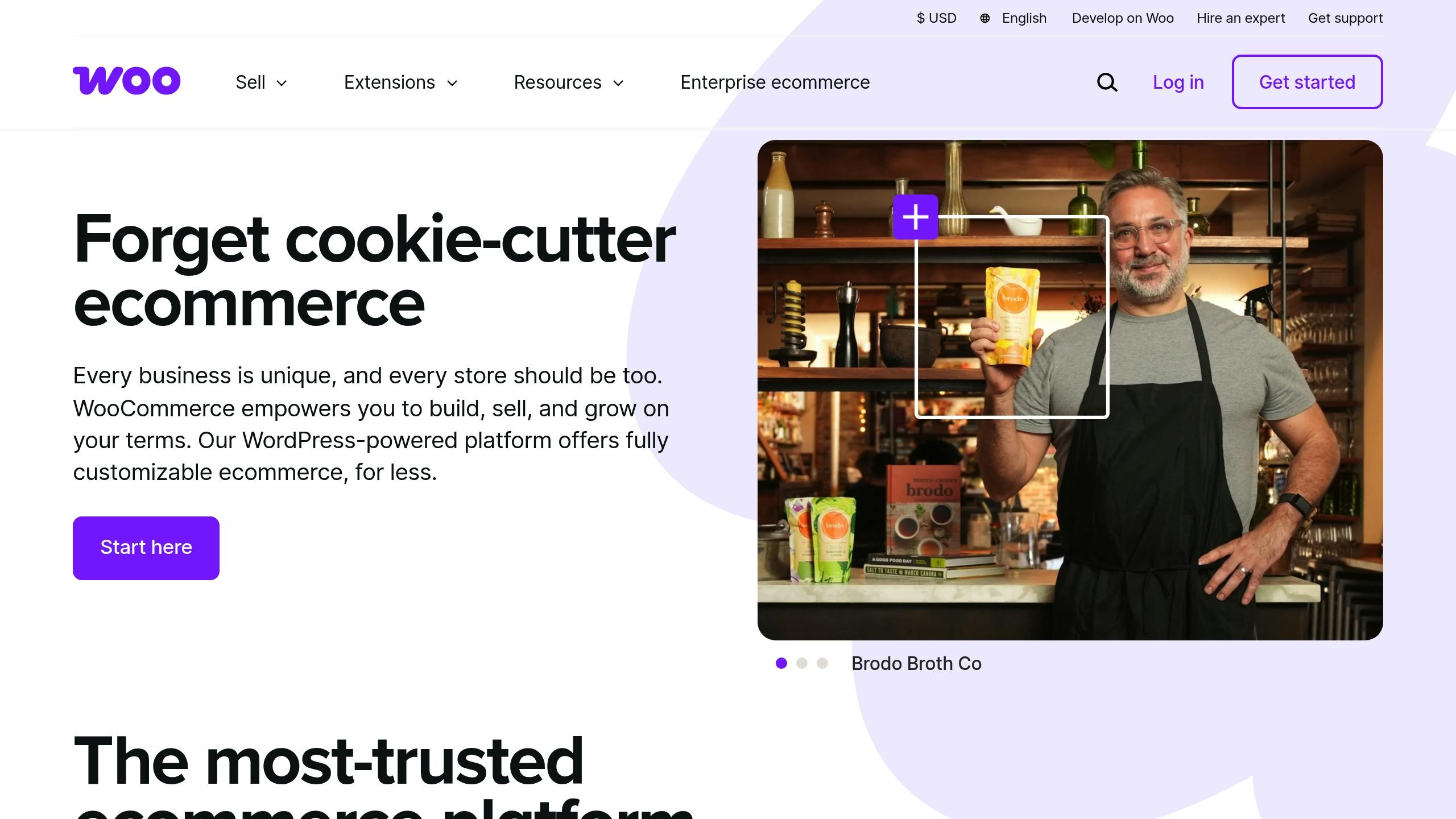
Use WooCommerce to automate course enrollments and simplify order management across the network.
| Integration Feature | Configuration | Benefit |
|---|---|---|
| Product Sync | Automatically create course products | Simplified inventory management |
| Order Processing | Automate course enrollments | Instant student access |
| Subscription Management | Handle recurring payments | Flexible payment options |
| Discount Systems | Network-wide coupon codes | Easy promotions and discounts |
- Product Templates: Design standardized layouts for course products.
- Payment Processing: Set up secure and reliable payment systems.
- Order Automation: Enable automatic course access immediately after purchase.
- Analytics Integration: Link WooCommerce data with network-wide reporting tools.
Conclusion
Setup Steps Review
Setting up a LearnDash multisite requires careful attention to detail. You’ll need to enable WordPress multisite, configure network settings, and set up payment and user management systems.
| Implementation Phase | Key Tasks | Success Indicators |
|---|---|---|
| Initial Setup | Activate Network, Create Sites | Stable Network Connectivity |
| Configuration | Set Up Payment Gateways, Manage User Access | Smooth Payment Processing |
| Optimization | Adjust Performance Settings, Define User Roles | Fast System Response |
Following these steps ensures your network runs efficiently and supports future growth.
Business Impact
A LearnDash multisite network offers practical advantages for U.S.-based organizations, such as:
- Simplified Management: Control multiple learning sites from one dashboard
- Consistent User Experience: Provide a uniform learning environment across all sites
- Cost Efficiency: Reduce maintenance costs by sharing resources
- Growth-Friendly Design: Add new sites easily as your organization expands
For ongoing success, professional support can help manage and troubleshoot your system as needed.
Additional Help
Expert assistance can make all the difference in setting up and maintaining your LearnDash multisite. WP Support Specialists offer specialized WordPress services tailored to learning management systems.
| Service Type | Details |
|---|---|
| Emergency Support | Available 24/7 with a 2-hour response time |
| Regular Maintenance | Includes proactive security checks and updates |
| Technical Setup | Custom configurations for unique project needs |
Staying on top of regular maintenance helps prevent security risks and technical issues, ensuring your learning environment remains reliable and secure.
FAQs
How do I secure and optimize my LearnDash multisite setup for the best performance?
To secure and optimize your LearnDash multisite setup, focus on two key areas: security and performance.
For security, ensure your WordPress installation is regularly updated, use strong passwords, and implement a reliable firewall. Conduct periodic security audits to identify and address vulnerabilities, and consider professional services for malware removal if needed.
For performance, optimize your website by using caching, compressing images, and minimizing unnecessary plugins. Reliable hosting with adequate resources is also essential to ensure fast loading times and a smooth user experience. Regular maintenance and performance checks can help keep your setup running efficiently.
What are the advantages of using WordPress Multisite with LearnDash to manage multiple learning portals?
Using WordPress Multisite with LearnDash offers several advantages for managing multiple learning portals efficiently. With Multisite, you can create and manage multiple websites under a single WordPress installation, making it easier to streamline administration, updates, and maintenance across all your learning portals.
Some key benefits include:
- Centralized Management: Manage all your LearnDash-powered learning portals from one dashboard, saving time and reducing complexity.
- Scalability: Easily add new learning portals as your organization grows, without the need for separate installations.
- Consistency: Apply consistent themes, plugins, and settings across all sites, ensuring a unified experience for users.
This setup is particularly useful for organizations or businesses that need to deliver tailored e-learning experiences to different audiences while maintaining control and efficiency.
How does integrating WooCommerce improve course management and sales in a LearnDash multisite setup?
Integrating WooCommerce with LearnDash in a multisite setup allows you to streamline course sales and management. With WooCommerce, you can create a seamless purchasing experience by offering flexible payment options, including subscriptions, bundles, and one-time payments. Additionally, it enables you to manage taxes, discounts, and promotions effectively, all while handling payments in USD or other currencies as needed.
This integration also simplifies user management by automatically enrolling students in courses upon purchase, saving time and reducing manual effort. For businesses or educational institutions operating a multisite network, WooCommerce provides a scalable solution to manage multiple courses and sites efficiently, helping you grow your online learning platform with ease.



